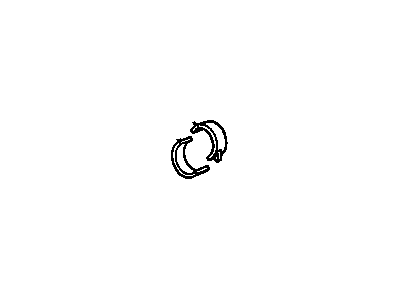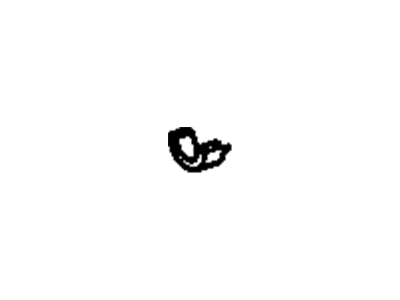
My Garage
My Account
Cart
Genuine Pontiac Fiero Rod Bearing
Engine Connecting Rod Bearing- Select Vehicle by Model
- Select Vehicle by VIN
Select Vehicle by Model
orMake
Model
Year
Select Vehicle by VIN
For the most accurate results, select vehicle by your VIN (Vehicle Identification Number).
2 Rod Bearings found
Pontiac Fiero Bearing Kit,Connect Rod
Part Number: 12480255$0.38 MSRP: $0.59You Save: $0.21 (36%)Ships in 1-2 Business Days
Pontiac Fiero Rod Bearing
The Rod Bearing in Pontiac Fiero cars plays an important function for bearing the crankshaft and connecting rods so that constant rotation will not cause much friction. These bearings are normally plain bearing that can be either bi-metal or tri-metal. Bi-metal bearings have a lining of aluminum alloy, frequently additional with silicone to increase its hardness and to minimize seizure. On the other hand, tri-metal bearings consist of an under layer of copper alloy and a hyper layer of lead tin copper overlay and are stronger and have better fatigue value. Year model Pontiac Fiero cars have incorporated both Rod Bearings hence the high performance models have incorporated the tri-metal type of bearings because of their merits relating to durability and lubrication. They can also include proprietary coatings and a specific designed eccentricity, which will facilitate performance, and suitable for high output engines. It is very crucial that the Pontiac Fiero Rod Bearings required a proper installation and periodical maintenance in order to make it last longer and deliver its optimal performance.
Each OEM Pontiac Fiero Rod Bearing we offer is competitively priced and comes with the assurance of the manufacturer's warranty for the part. Furthermore, we guarantee the speedy delivery of your orders right to your doorstep. Our hassle-free return policy is also in place for your peace of mind.
Pontiac Fiero Rod Bearing Parts Questions & Experts Answers
- Q: What valuable information can be revealed by examining old Rod Bearings during an engine overhaul, and what factors contribute to bearing failure on Pontiac Fiero?A:In the process of overhauling an engine, though new main & connecting rod bearings are used, incorporating the worn ones for inspection can be highly informative of the heath of the engine. Major causes of bearing failure include impact, corrosion, severe loading or overloading of the engine, and foreign particles such as lack of lubrication and dirt and any of these must be rectified before the bearing is reinstalled to avoid a repeat. To examine the bearings unbolt them off from the engine block and arrange them in conjunction with the main bearing caps together with the connecting rods and rod caps on a clean surface which will enable one to match any defects on the bearings with the corresponding crankshaft journal. Particles may be picked up during the assembly process, through filters or breathers, or result from metal chips and abrasives which are left in components which have been reconditioned. The carrying particles, which are of a smaller size, may become lodged into the softer bearing material: larger particles may scratch or cut into the bearing and the shaft. Prevention can be achieved by regular cleaning of all the components and constant oil and filter replacement. Failure of lubrication may be due to high operating temperature, overloading, leakage of oil and blocked oil ways that may cause rubbing off bearing material from the backing or extrusion of the backing at very high temperature. Driving behavior also influences the bearing life; high cyclic operating speeds and low speeds result in high load and can eliminate the oil film, short trips can result in corrosion due to low heat. There are other forms of failures for example, tight bearing fit or dirt trapped behind the inserts.










